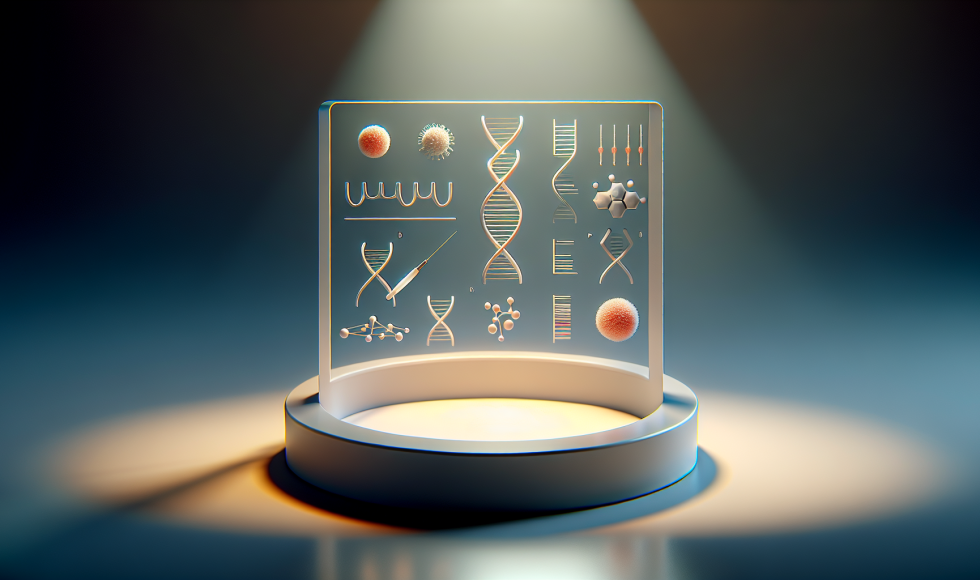Mollie Schubert from Integrated DNA Technologies spoke at London Calling 2019 on “Characterizing large HDR insertions by CRISPR/Cas9 using nanopore sequencing.” They use CRISPR in cells to mediate editing. The IDT team then uses Nanopore sequencing. CRISPR-Cas9 genome editing uses RNA guides. Schubert has been delivering CRISPR-Cas9 complexes to cells. Different applications can be used depending on whether non-homologous end joining or homologous directed repair (HDR) occurs. The HDR approach can create a mutation, tag a protein with a FLAG or V5 tag, or insert foreign DNA. Schubert used single-stranded or double-stranded DNA to insert sequences. However, Schubert explained that a variety of editing events may occur. The team’s challenge was how to efficiently analyze CRISPR editing events. To better identify CRISPR events, they used targeted enrichment with PCR amplification or CRIPSR-Cas9 workflows. Amplicon target enrichment MinION sequencing results were more consistent. The team used CRISPR-Cas9 target enrichment with 300 nt insertion, ssDNA donor, R9.4.1 flow cells, and sequencing for 24 hours. Schubert wants to compare methods and multiplexing capabilities. Analyzing indels and CRISPR editing events with Nanopore sequencing helps estimate efficiency… and “true” editing!



